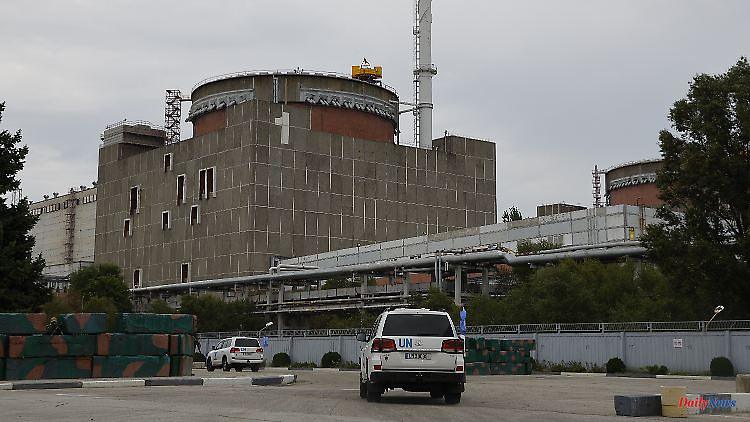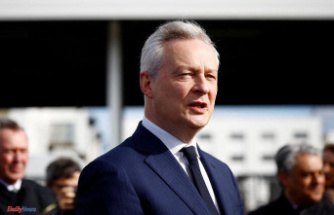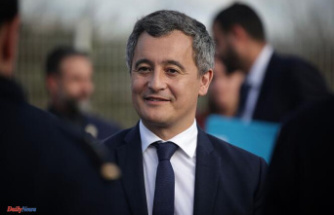Fighting has broken out again near Europe's largest nuclear power plant. The experts present from the International Atomic Energy Agency are concerned that the power supply will have to be switched off at times. The situation is said to remain fragile.
Artillery fire near Ukraine's Zaporizhia nuclear power plant and the temporary failure of the only remaining emergency power line have again alarmed the International Atomic Energy Agency (IAEA). The IAEA experts, who have been on site since early January, reported that around 20 detonations could be heard on Sunday afternoon. And that, apparently, near the facility, which is on the front line of an active combat zone and has been occupied by Russian stairs.
There has been an increasing security presence on the premises in recent weeks. "This is a worrying trend that shows the urgency and importance of establishing a nuclear safety and protection zone at the Zaporizhia nuclear power plant," said Director General Grossi. He intends to continue his efforts.
The facility's emergency power line was shut down early Saturday after the sounds of distant military activity, the IAEA said, then briefly restored but was lost again the same morning, the IAEA team said. The power line was then reconnected Sunday afternoon. According to General Director Grossi, this is another reminder of the fragile external power supply situation.
The supply of electricity is essential for a nuclear power plant, among other things for cooling the nuclear material. In the past, emergency power generators had to help out in Zaporizhia because the power plant was cut off from the external power supply.
Expert Anna Veronika Wendland once said in an interview with ntv.de: "The worst scenario that seems realistic is cutting off the power supply. If all three emergency diesel generators in a block then failed and the units in the neighboring blocks couldn't help out, right if the emergency diesels ran out of fuel, at the end of this chain of events we would have a Fukushima-like scenario.In Fukushima, the emergency power supply failed because diesel generators and switchgear were flooded by a tsunami.There was a total power failure and the plants could no longer be cooled So if everything fails in the end, we have a Fukushima case."
Five IAEA teams are currently reviewing the safety situation in the Ukrainian nuclear power plants. Zaporizhia is the largest nuclear power plant in all of Europe, and its site has been hit several times since the Russian invasion began on February 24, 2022.












